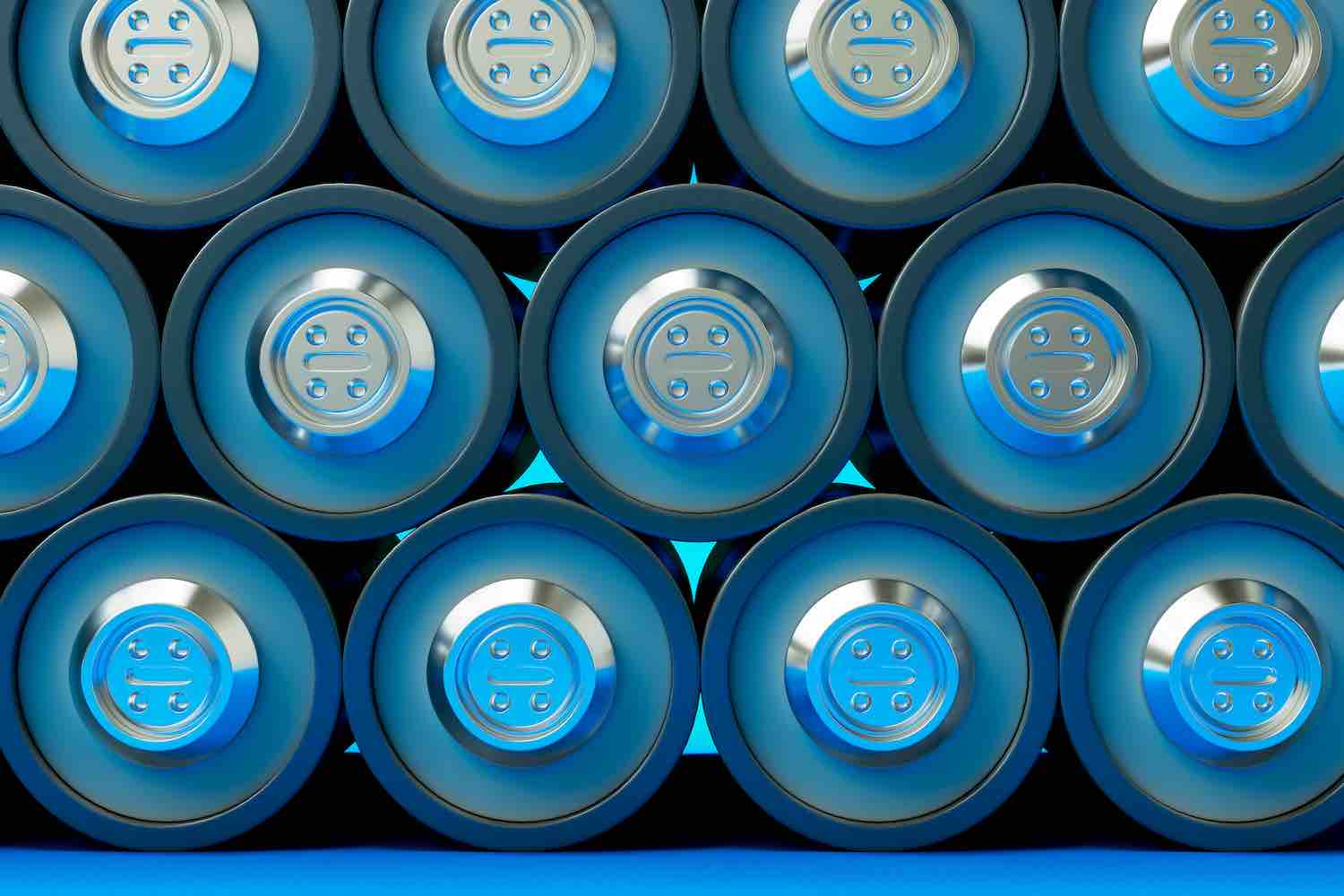ImpactAlpha, July 26 – Lithium, a key input for the batteries that power electric vehicles and grid-connected storage, can be mined in open pits, with the usual environmental destruction, or extracted from salt ponds via evaporation, a time- and water-intensive process. Austin, Tex.-based Energy Exploration Technologies company is pursuing climate tech’s latest holy grail: sustainable lithium production.
Direct lithium extraction uses membrane, filters or other methods to more efficiently extract the mineral from brine. EnergyX has demonstrated that its membranes can separate lithium from salty brine in a more eco-friendly way, speeding up the process and boosting the amount of lithium recovered, while shrinking the amount of water and land needed.
The next step for EnergyX and its rivals: proving their technologies can scale.
EnergyX secured a $450 million commitment from private equity firm Global Emerging Markets Group. “All things are pointing in the right direction,” said the company’s Teague Egan.
Supply chain
The race to scale up lithium production comes as automakers scramble to secure supplies and prices soar.
In May, the Biden administration earmarked $3.1 billion in infrastructure funding to help build a domestic battery supply chain. The U.S. Energy Department yesterday announced a $2.5 billion loan to a joint venture of General Motors and LG Energy Solutions to build new lithium-ion battery plants in Ohio, Tennessee and Michigan.
Lilac Solutions, an Oakland, Calif.-based direct lithium extraction startup, uses ion-exchange beads to more efficiently absorb lithium from brine. Lilac raised $150 million last fall from Lowercarbon Capital, Earthshot Ventures and BMW. It is also backed by Breakthrough Energy Ventures and received catalytic funding from Prime Coalition.
Lilac has projects in California’s Salton Sea and Argentina and a tentative contract with Ford. Ford, meanwhile, cut a deal with Australia-based Ioneer to buy lithium from the company’s mining project in Nevada.
Public markets
EnergyX’s new financing is contingent on the company going public, which the it hopes to do by 2024. Once public, EnergyX can draw down the $450 million equity facility as needed, in return for common stock.
“This deal gives us a huge runway once we go public,” said Egan in a phone call. IPOs have dropped steeply in recent months as the markets have soured.
EnergyX secured a $20 million in Series A financing last May from Obsidian Acquisition Partners, Helios Capital, and the University of Texas, as well as from individual investors via crowdfunding. It plans to again tap individual investors in an upcoming Regulation A crowdfunding raise.
Social and governance
Sustainable technology is just part of the lithium-extraction equation. Mining companies must mind their S’s and G’s, for social and governance, along with their E’s, for environment.
“To put it bluntly, ESG has never played a large role within the mining industry,” Egan writes in a guest post on ImpactAlpha.
During its pilot project in Bolivia’s Salar de Uyuni salt flats, EnergyX engaged members of the community near the site to determine their needs. That led it to refocus efforts from initial ideas, such as a a plan for free e-bikes to showcase lithium batteries, to projects that better met community needs, including free eyeglasses for students and funding for six schools.
EnergyX lost a competitive bid to be a technology partner for Bolivia, after its application was filed 10 minutes past the deadline. But it still plans to see the community projects through.
“The extraction of resources has always had a lasting effect on the environment,” Egan says. “But this does not need to define the future.”











